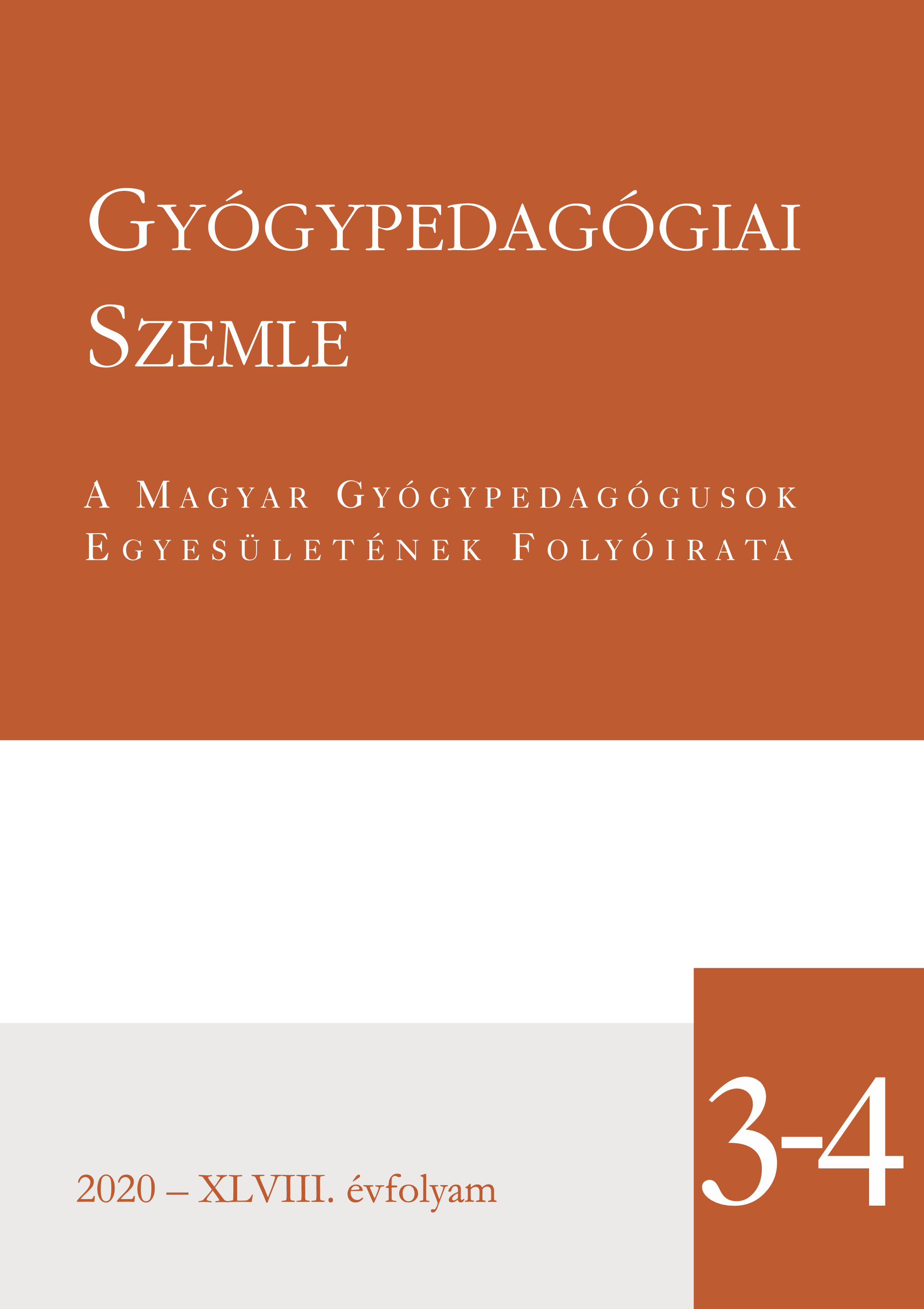ICT-based sociometry: Possibilities of application
Keywords:
sociometry, relationships, ICTAbstract
Children learn to build, maintain, and - if necessary - end relationships in different communities. As members of a community, they can fulfil various roles, and with their significance they can influence public opinion. The atmosphere created by factors of gro up dynamics is decisive in terms of group operation. The improved Mérei multiaspect sociometry – which is given an ICT background in the form of the SMETRY framework to meet 21st century requirements – enables to get a snapshot of these factors characteristic of the individual and the community.
This paper provides an overview of current understanding of sociometric methodology internationally and in Hungary. We discuss those modifications and innovations that we implemented on Mérei’s multiaspect sociometry in order to make it a more manageable method for users and participants as well. These processes can also be partly observed on an international level.
We present elements of the SMETRY framework that are regarded as unique, such as new methodologies to improve reliability, indices of unrequited sympathy choices and the interactive sociogram drawing surface.
The long-term goal of the development of this framework is to provide professionals in the field of public education with a methodology that would be a tool in their hands for successful community development.
Keywords: sociometry, relationships, ICT

